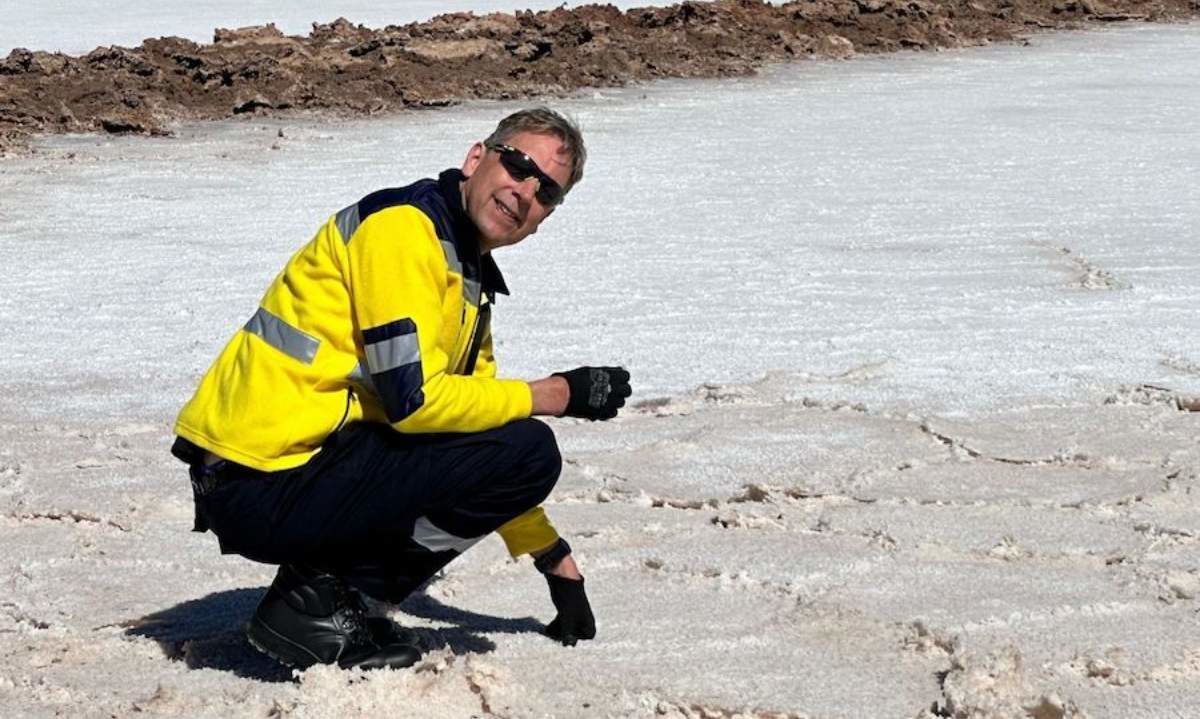
Global mining giant prepares for a new phase as it searches for a successor with operational expertise to lead strategic assets in Mongolia and Guinea.
Rio Tinto Group, the world’s second-largest mining company, has announced that CEO Jakob Stausholm will step down later this year as the board seeks a leader better suited to drive the company’s next era of operational growth and project expansion.
Stausholm, a Danish executive and former CFO at AP Moller-Maersk and Shell Plc, took over Rio Tinto in 2021 during a period of intense reputational crisis. The destruction of a 46,000-year-old Aboriginal heritage site at Juukan Gorge had triggered global outrage and the resignation of top executives. Stausholm was appointed as a cultural reformer to mend stakeholder relationships and steer the company toward a more sustainable and accountable future.
A leadership shift towards operational growth
During his tenure, Stausholm managed to restore trust with investors and communities and positioned Rio Tinto in the clean energy transition by advancing its lithium strategy. However, as Rio gears up to maximize value from its growth assets — notably the Oyu Tolgoi copper and gold mine in Mongolia and the massive Simandou iron ore project in Guinea — the board is prioritizing a CEO with a stronger technical and operational track record.
According to sources familiar with internal discussions, Rio Tinto is considering Simon Trott, head of the iron ore division, and Jérôme Pécresse, who leads the aluminum business, as top contenders. Bold Baatar, the company’s chief commercial officer and a key figure behind the progress at Simandou, is also in the mix, though reportedly not a front-runner.
From cultural change to execution-focused strategy
“Jakob came on board at a time of crisis and resolved many of the legacy issues,” said Rob Stein, an analyst at Macquarie Group. “Now the focus is shifting to growth, requiring a different kind of leader — more execution-focused.”
Stausholm’s approach brought improvements in Rio’s mine and smelter operations, but some investors had lingering concerns about his lack of hands-on mining experience — a contrast to peers at BHP, Anglo American, and Glencore, who rose through the technical ranks.
Insiders say the board's push for more operational acumen at the helm accelerated in recent months, aligning with Rio’s growth ambitions and the need for disciplined execution across its project pipeline.
Next steps and market impact
In a message to employees, Stausholm confirmed that a successor is expected to be announced before the Q3 production results, due in October. The news surprised some market watchers, but those close to the company indicate that a transition has been in planning for some time.
Simon Trott has received praise for his role in repairing stakeholder relationships in Australia post-Juukan Gorge, while Pécresse, who joined Rio in 2023, is credited with turning around the struggling aluminum unit.
Rio’s future: beyond iron ore
Stausholm helped initiate Rio’s re-entry into the lithium market with the acquisition of Arcadium Lithium Ltd. and investments like the Rincon project in Argentina. These moves marked a significant shift from the company’s heavy reliance on iron ore, which still contributes over 80% of earnings but faces uncertainty amid China’s slowing demand.
The incoming CEO will not only manage the performance of key assets but also navigate high-stakes strategic decisions, including potential mergers and acquisitions. Stausholm was personally involved in extended merger talks with Glencore Plc last year, which, while ultimately unsuccessful, indicated Rio’s openness to bold moves in an evolving mining landscape.



